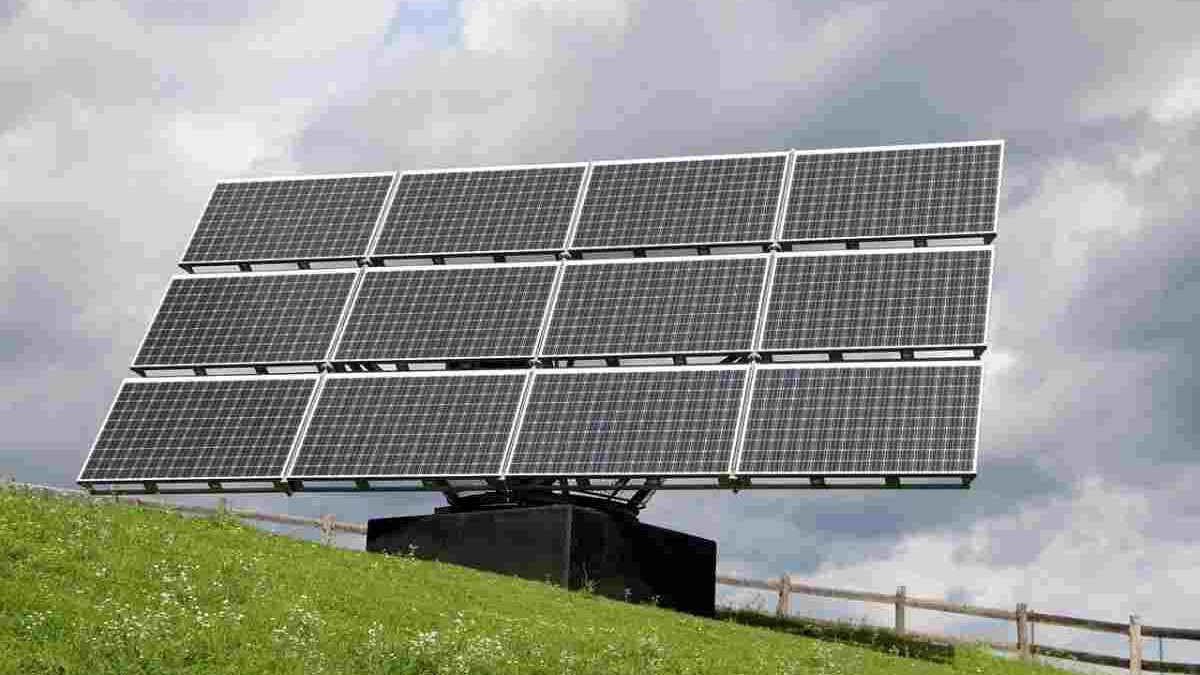The benefits of renewable energy are well known. Using sources like wind, water, and the sun reduces the world’s carbon footprint. With less pollution, there are fewer greenhouse gases to accelerate global climate change. Making the leap from traditional fossil fuels to renewable energy requires a collective and individual effort. Luckily, advancements in solar technology are about to make the jump easier.
If you’re not up to speed on the new developments in the solar industry, don’t fret. You’re about to get the scoop on how solar technology is progressing and what it means for the average person. Keep reading to discover four solar tech advancements you should know about.
Table of Contents
1. Improved Efficiency
People have various reasons for going solar. But one of them is increased energy efficiency. They want to reduce their dependence on conventional electricity and lower their bills. The desire to become a more energy-efficient household means solar technology must be good at what it’s meant to do. And that’s converting the sun’s rays into usable energy.
Advancements in solar panels and materials are translating into improved performance. What was once only 15% efficient is now over 22%. It may not seem like a big jump, but a small percentage does make a big difference. You’ll see greater savings with more affordable installation options like leasing solar panels.
Research scientists have already found ways to make solar panels more than 30% efficient. And they’re continuing their research into how to push the bar even higher. With solar panels converting more sunlight into usable electricity, people can count on it to power their needs. Capacity will rise, hopefully allowing additional homes and businesses to benefit from the sun’s natural energy.
2. Alternatives to Panels
The thought of saving money on your electricity bill might be an enticing incentive to go solar. However, putting an array of large solar panels on your roof might not be. Furthermore, if you rent or live in a dense area, it might not be practical.
HOAs, a lack of space, temporary living arrangements, and typical weather conditions can get in the way. For example, parts of the country experience frequent hail storms during the warmer months. Homeowners in these states might be more hesitant to invest in rooftop solar panels. They don’t want the increased risk of potential damage to their investment. After all, solar panels are supposed to help trim the budget, not bleed it dry.
Well, going solar doesn’t always involve the installation of rooftop panels. Alternative technology like solar shingles and windows make going solar possible for a wider segment of the population. Solar shingles contain the same cell technology panels do, but they blend in to look like you’ve got a conventional roof. Windows with integrated solar technology work the same way. They look like run-of-the-mill glass, yet can transform sunlight into energy.
3. Community Solar Options
Undoubtedly, some building structures aren’t built for rooftop solar panels. There isn’t enough room, available space is too shaded, or it’s a multi-unit dwelling. It’s more challenging to install enough panels on your section of a condo building with neighbors on each side. Plus, the roof of the building could fall under the community’s common areas. An HOA may be responsible for its maintenance, overseeing all repairs and additions.
Renters also run into the obstacle of not having a say over improvements and repairs. In addition, why would they want to invest in improvements at a temporary residence? Even if renters live at a property for more than a few years, it’s ultimately not their responsibility to improve. Unless it’s a rent-to-own agreement, in which case, they may still have to wait until ownership transfers.
These circumstances can delay or prevent a segment of the population from taking advantage of solar technology. Yet, with the advancement of solar communities, more people can overcome the obstacles. Solar communities allow access to renewable energy without installing panels or other materials. You share the energy produced by solar facilities on land separate from your residence. Forty-one states and Washington D.C. have at least one available solar community.
4. Bifacial Panels
You might think solar panels can only capture and convert sunlight from the top. However, this is no longer the case. With one-sided panels, the sun shines down on the side facing the sky. Although this design can capture a sizable amount of the sun’s energy, it misses another source.
The sun’s energy also reflects off ground surfaces, including snow and pavement. Bifacial panels take sunlight from the top and the bottom, making them more efficient. Naturally, these panels work most efficiently in areas where the ground reflects a lot of sunlight. Think of areas with sand and snow.
If you’ve ever been to Florida’s white sand beaches, you may have painful memories of getting sunburned more quickly. You can blame the extra UV rays you got from the reflection off the sand. The same goes for areas with extended snow cover during fall and winter, or even year-round. Bifacial panels take light from both sides, converting it into usable energy with increased efficiency and capacity.
Advancements in Solar Tech
As solar technology gets better and options expand, more people can reap the benefits of renewable energy. Increased efficiencies, panel alternatives, community options, and dual-sided panels are beginning to increase the practicality of going solar. If you’ve been hesitant to jump on the bandwagon due to traditional obstacles, tech advancements may change your mind.

